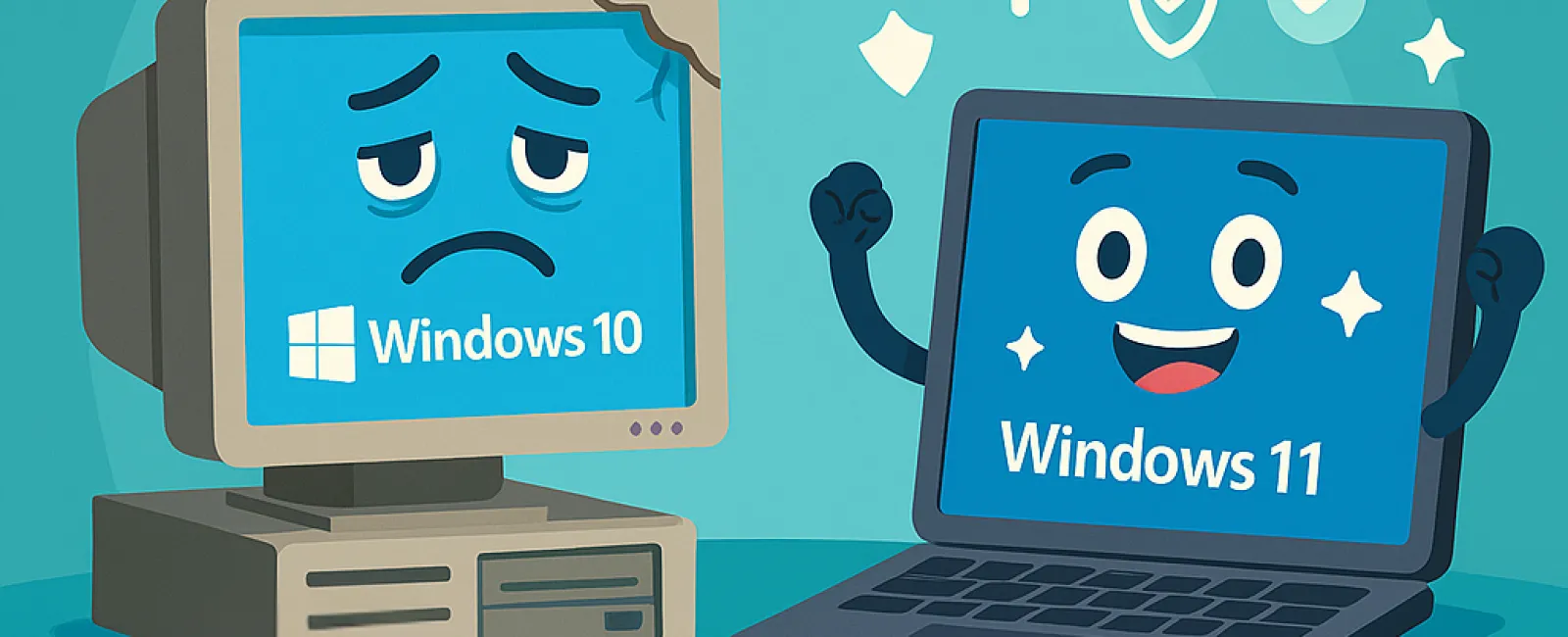September 21, 2025
Holding on to outdated technology to save money might seem sensible at first glance, but it often leads to soaring costs in productivity, budget strain, and security vulnerabilities. Using old hardware and software can actually drain your business resources more than timely upgrades.
Understanding the True Cost of Outdated Technology
Outdated technology slows down your operations by making systems sluggish, which directly hampers your team's productivity. Additionally, aged systems are prone to unexpected failures, resulting in costly downtime that compromises your project deadlines.
Security is a critical concern as well. Legacy hardware and software no longer receive essential security patches, leaving your business exposed to cyberattacks. Hackers can exploit these known vulnerabilities, putting your sensitive data at risk. Moreover, relying on obsolete technology increases the chance of failing compliance audits, which can have serious legal and financial repercussions.
Recognizing When It's Time for a Technology Upgrade
Watch for these clear indications that your equipment and software require replacement:
1. Operating Systems at or Below Windows 10
With Microsoft ending support for Windows 10 in October 2025, continuing to use it exposes your business to unpatched security risks. Proactively planning and upgrading to Windows 11 is essential to safeguard your systems and comply with security standards.
2. Repeated IT Issues Disrupting Workflow
Constant crashes, freezes, and slowdowns are not just nuisances—they signal failing technology that drains productivity and frustrates employees. Frequent IT calls due to recurring problems mean it's time to invest in reliable, modern solutions.
3. Incompatibility with Modern Software Tools
If your software cannot integrate with mobile applications or cloud services, it restricts your ability to innovate, enhance client service, and scale. Upgrading to compatible, current software unlocks these opportunities.
4. Devices Hindering Workflow Efficiency
Computers that take too long to start or crash during important tasks disrupt the entire team's productivity. Devices older than three to five years should be evaluated for performance and energy use to prevent inefficient operations.
5. Outdated Security Systems
Relying on firewalls or antivirus software that haven't been updated recently leaves your business vulnerable to evolving cyber threats. Upgrading your security infrastructure is crucial to defend against ransomware and other attacks.
Worried about the costs of upgrading? While it might seem expensive initially, clinging to aging systems often results in higher expenses due to lost productivity, security breaches, and constant patch fixes. The good news is that strategic, budget-conscious upgrade pathways are available to keep your business efficient and secure.
Partner with Experts for a Seamless Transition
If you want experienced professionals to guide you through upgrading your technology—and keep you informed about future needs—contact our team today to schedule a FREE 15-Minute Discovery Call. We'll help you design a roadmap to maintain your business's security, productivity, and cost-effectiveness. Call us at 1300 136 410 or click here to book your consultation.



